Un tourism trip to the island of Gran Canaria offers many more attractions than just enjoying its beaches, such as those of Maspalomas, or the cultural life of the city of Las Palmas de Gran Canaria.
As happens in other islands of the canary archipelago, we must always reserve the time necessary to make a car excursion through its interior.
In the case of Gran Canaria You will find corners that will truly surprise you, as happened to us during our recent trip to said island.
One of the corners that should become an essential stage is the town of Artenera, which combines being the municipality located at the highest altitude (1.270 meters) on the island and being the least populated, with just over 1.000 inhabitants.
What will lead you to visit Artenara is to see the spectacular mountain scenery for the Tejeda Caldera and learn about the tradition that is preserved from the cave houses.
All the information in detail
History of Artenara in Gran Canaria
The historical origins of Artenara They date back to the time of the aboriginal population, the one that inhabited the island before the Castilian and Portuguese conquerors arrived.
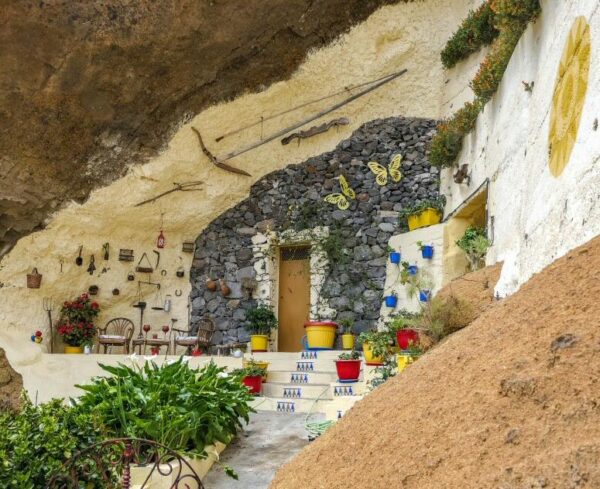
After the conquest, the residents of Artenara They dedicated themselves to grazing and growing cereals.
At the beginning of the 17th century, the first hermitage of San Matías, a building that was replaced in the 19th century by the current church.
During the last two centuries, the Artenara area suffered an exodus of the population due to the agrarian crisis and, also, due to the arrival of tourism since the 60s to the coastal areas of the island.
Nowadays Artenara is having a new boom thanks to its landscape attractions and to the development of the activity of the Hiking.
What to see and do in Artenara in Gran Canaria
To reach Artenara, if you do the excursion from Las Palmas de Gran Canaria you must pass through the geographical point of the Cross of Tejeda, which gives way to the aforementioned Tejeda Caldera.
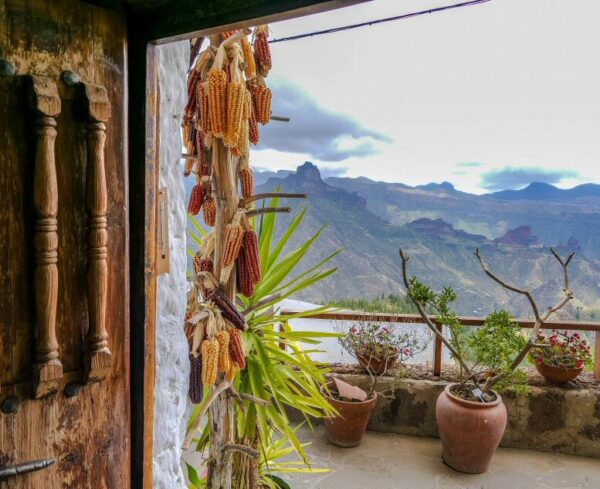
Panoramic views of the Tejeda Caldera
this gigantic volcanic caldera It is the result of the collapse produced millions of years ago by an eruption.
You will see that Artenara Currently it is a very small urban center that is located on the slope of one of the rugged mountains in this area with vestiges of volcanic activity on the island.
Unamuno viewpoint in Artenara
Once you park the car, you will take a short walk along the main street of Artenara to get to Unamuno viewpoint.
It will be easy for you to distinguish it by the metal sculpture dedicated to Miguel de Unamuno, who in his Artenara visit was impressed by the imposing spectacle of the black walls of the great caldera.
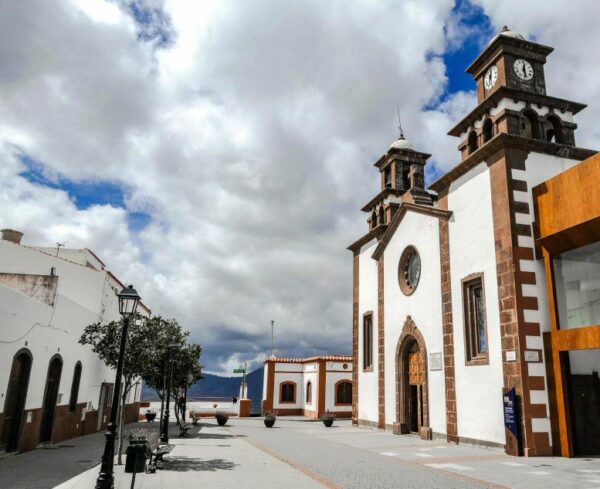
From there you will have spectacular Panoramic views of the place known as Big Ravine.
If you look to the left you can see the famous promontory of the The Roque Nublo, One icon images of Gran Canaria, and at its feet, the beautiful town of Tejeda.
In front of you you will have the Roque Bentayga, another of the emblematic points of the interior of the island.
Church of San Matías in Artenara
As I have mentioned, although the original church of San Matías It dates back to the 17th century, the current building is from the 19th century, although the towers and interior decoration are from the mid-20th century.

It is worth accessing its interior where you will find a floor plan with three naves separated by large arches.
The ceiling decoration with a stylish coffered ceiling will surely catch your attention. neomudejar and, above all, the paintings that cover the walls of the presbytery.
ORGANIZE your TRIP
- Don't forget your TRAVEL INSURANCE with a 5% discount
- Book the HOTEL for your trip
- RENT a CAR for your trip
- The best TOURS and EXCURSIONS in Spanish
- NO-LINE TICKETS for museums and monuments
- Best FREE TOURS around the world
- Book your TRANSFER from the airport
- eSIM card with INTERNET at the best price
You can visit the church every day of the year, Monday to Sunday from 9 a.m. to 15 p.m.
Cave houses in Artenara
But main tourist attraction of ArtenaraIn addition to the landscapes, it is found in its cave house tradition.
In fact, if you come from Tejeda Along the road you will be able to see numerous cave houses on the rocky slope of the mountain where Artenara extends.
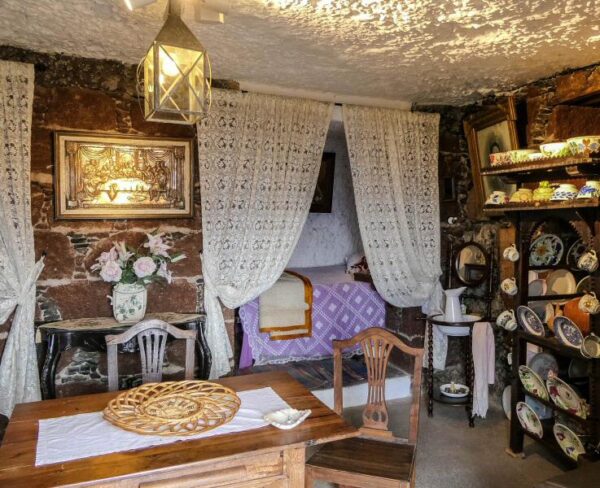
Artenara Cave Houses Ethnographic Museum
The best way to learn about this tradition is by visiting the very interesting Artenara Ethnographic Museum, a small corner whose use as a cave house dates back to the time of the aborigines, and was common until the middle of the last century.
In 1962 the three old homes that currently make up the museum were rehabilitated by their new owner, and finally in 1993 they were acquired by the city council in order to create the museum.
Currently you are going to visit a corner with great charm that is decorated with a variety of furniture used at the beginning of the last century, as well as objects that represent the most significant traditional crafts in Artenara.
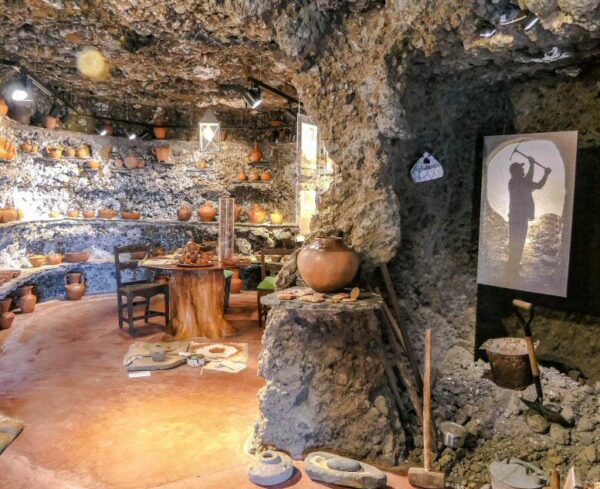
In this small but charming ethnographic museum You will see the living room, kitchen or bedrooms of the traditional cave house, with the objects and instruments of the time.
To highlight the panoramic views of the landscapes of the Barranco Grande that open before these ancient cave houses.
The Visiting hours of the Ethnographic Museum of Artenara They are, from Monday to Sunday, from 11,30:16,30 a.m. to XNUMX:XNUMX p.m.; is closed Good Friday, and on December 24, 25 and 31, and January 1 and 6.
Cuevita Chapel in Artenara
This tradition of cave houses also has its religious representation in a small chapel located inside a cave.

This is the Chapel of the Virgin of La Cuevita: Cave Chapel, which you can also visit in your walk through Artenara.
Its origin dates back to the end of the 18th century, although at the end of the 19th century the cave that houses the image of the Virgin of the Cave, a polychrome sculpture 80 centimeters high.
In the excavation carried out in the rock, the altar, the choir, the pulpit and the confessional were also sculpted.
You can visit it from Monday to Sunday, from 9 a.m. to 19 p.m.

Where to eat in Artenara
En Artenara There are some restaurants where you can eat, but I recommend ArtegaiaWhere Juanate, its owner, will offer you various preparations of the island's local cuisine.
The specific objectives of the canary stew, chickpea, wild rabbit made in Saharan style, or the goat; and of course, you will have a variety of cured cheeses and you can drink craft beer from Gran Canaria.
How to get to Artenara
Artenara It is located an hour's drive into the interior of the island. from Las Palmas de Gran Canaria, to the Cross of Tejeda, already an hour and a half from the Maspalomas area.
Don't forget your Travel Insurance
Are you organizing your trip or getaway? Don't leave without take out your travel insurance before, and here we explain why. If you hire it with us, you have a 5% discount


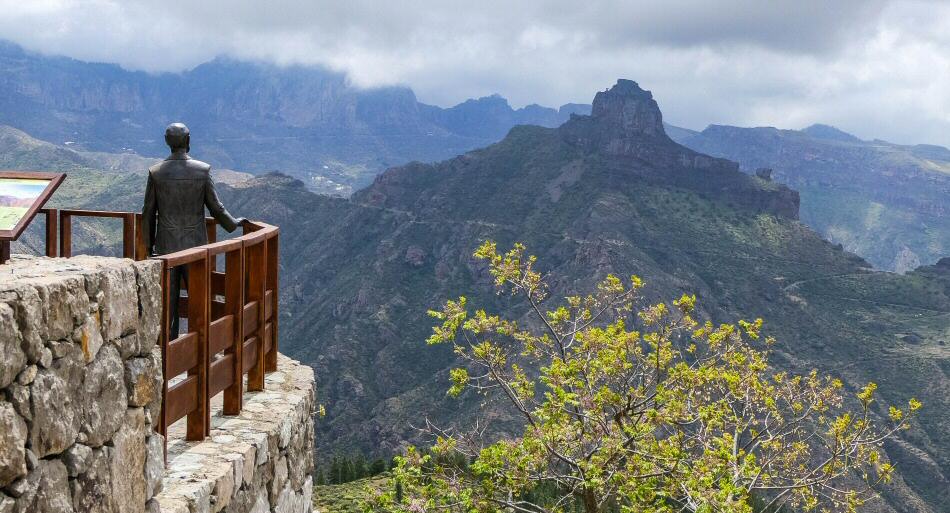

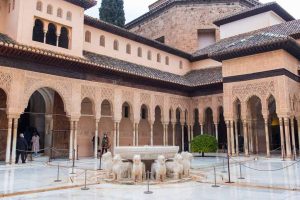
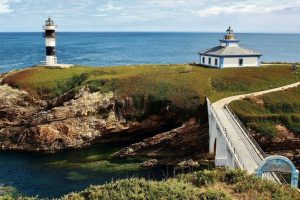











Comment